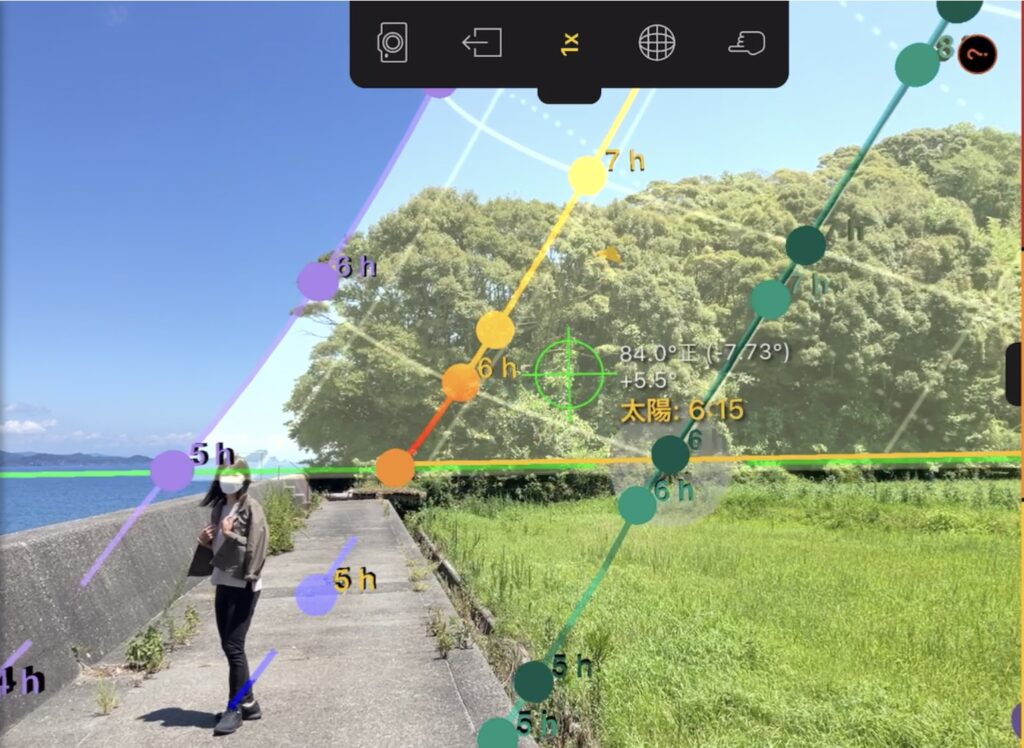profile
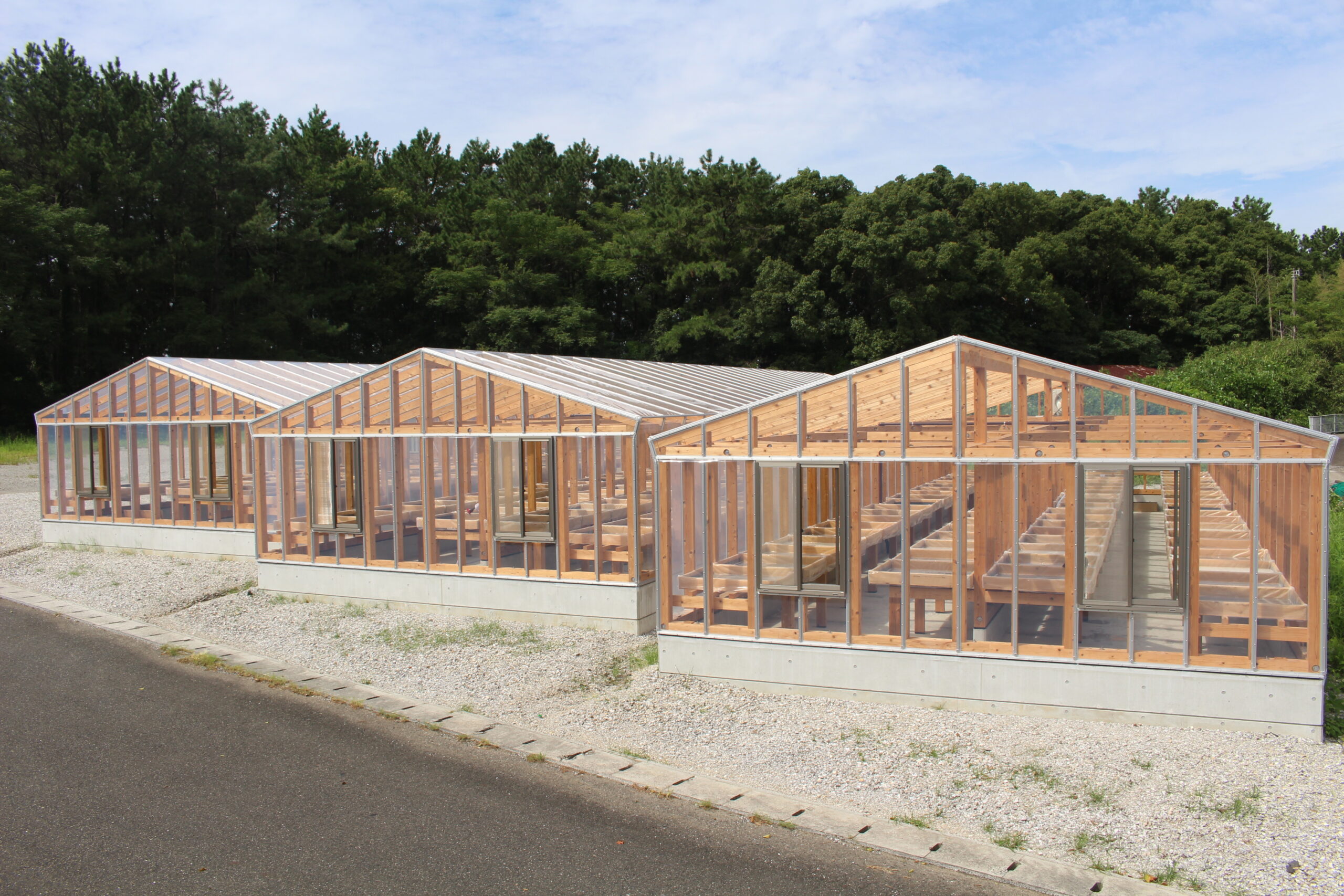
About the trade name
The name comes from “Shiran (purple orchid)”, a beautiful flower that blooms on the way to the approach to Kounomineji Temple in Yasuda-cho, Kochi Prefecture. It means that we hope the company will put down roots in the local community and do its best.
From the time of her training, Hakuto has always worked while wearing a white mask to protect herself from sunburn. Thanks to this, only her face is not sunburned.
The appearance was so impressive to her master that she was named the Hakuto (White Rabbit in English).
Encounter with Enjiro Tanoya
A turning point in my life came when I got to know Enjiro Tanoya on TV and saw his salt making work in person.
Enjiro was born in Tokyo. Despite being from a completely different industry, he jumped into the world of salt and established the method of making different types of salt and custom-made salt, which no one had been able to accomplish at the time. I was very impressed by his innovation in the salt industry and the way he built his brand.
I immediately called and made an appointment with Enjiro, and during Golden Week (Japan’s holiday) I drove 19 hours to rush from Saitama to Kochi to experience salt production for about five days.
Witnessing the impactful taste of salt, the uncompromising production methods, and the technique that made it possible for the first time in the world to control the taste and grain of salt, which had been considered impossible, I felt that this was the job I had always wanted.
Furthermore, when I talked to my wife, who I was dating at the time, she was very positive and said, “Sounds interesting, you should do it, and I want to do it too,” and we both decided to become apprentices.
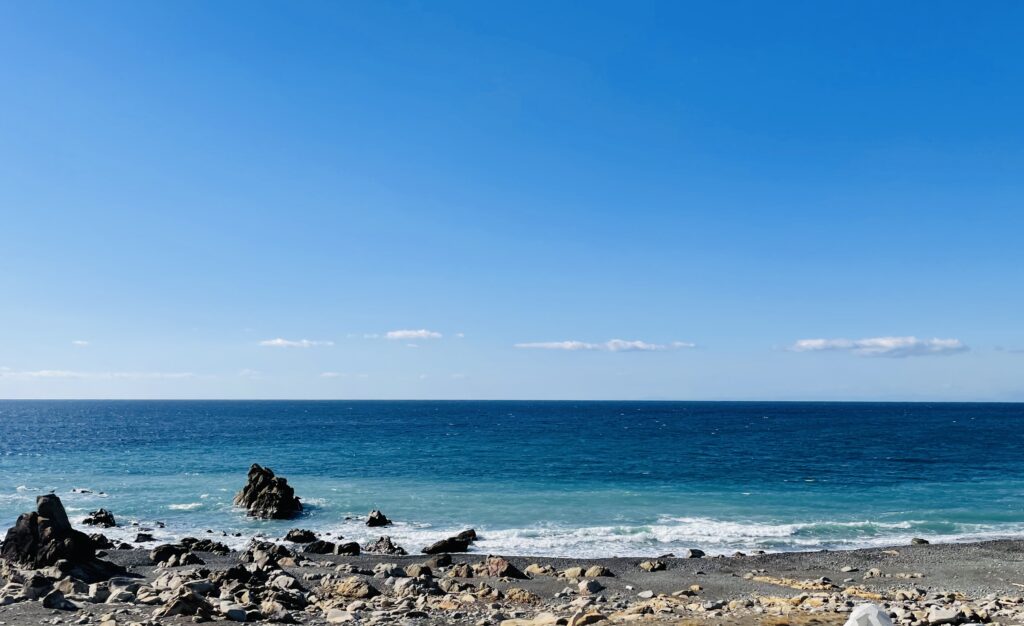
Apprenticeship
He said, “It’s not a job you want to do by quitting your job as a public servant. Moreover, the two of you should not be doing it together.” At first, the master was reluctant to accept us as apprentices.
He may have refused, saying, “There are no guarantees,” thinking of us.
But we were prepared for anything. We showed him how serious we were by saying, “we’ve gotten permission from both of our parents,” and “We’ve told this to the company we work for,” and we were able to become his apprentice.

The First Year of Training
In a unique environment where the newlyweds were in training, we began our training, salting away our entire lives.
The master said, “There is no right answer to salt making, and I can’t teach it to others.” His stance is that he does not teach salt making to his apprentices.
We began by “watching and learning,” asking questions and observing the process from afar.
With the master’s salt as our goal, we sought out ways to make salt by comparing the salt we produced with the master’s salt, based on various conditions such as room temperature in the greenhouses, humidity, water temperature, frequency of mixing seawater, mixing method, density, and sunlight.
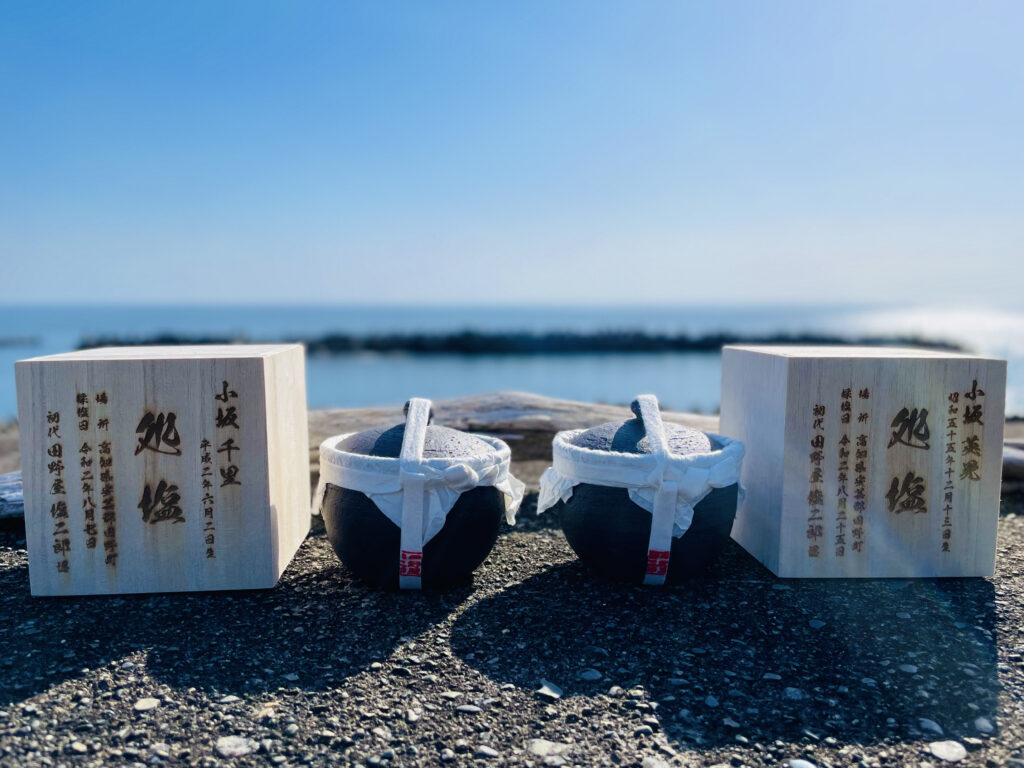
Second year of training
The process of salt making was extremely complicated, and since the couple had different ideals for salt at the time, it was a time of great training for both the salt making process and the couple’s relationship.
We discussed every day, shared the process of making salt, and never tired of repeating a huge number of trials and errors.
It was a time of repeated failures, and we felt grateful for the training that allowed us to make salt without business. Without the failures of that time, we might not have reached the salt of today.

Third year of training
It was a critical time for us to refine our own original complete sun-dried salt manufacturing method, control the taste, shape, and size of the salt, and brush up on our techniques.
Here, there was a big change. The “salt aroma” had changed. I used to be able to judge salt only by its taste and appearance, but one day, the aroma of salt “came to life”. It was so rich and mellow that I wondered why I had never noticed it before. This was the beginning of a dramatic change in my salt production.
In order to learn more about salt production, I visited Kuroshio-cho of Kochi Prefecture, Tokushima Prefecture, Kagawa Prefecture, Kyushu region, and Chiba Prefecture to learn more about sun-dried salt and kettle-cooked salt.
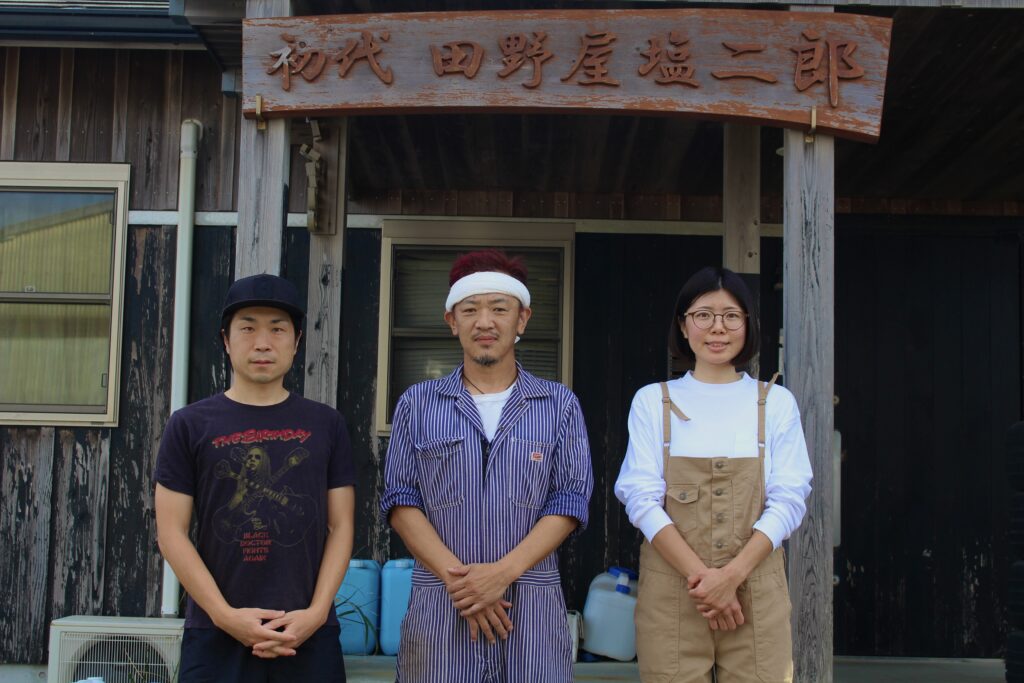
Searching for land for the founding of the business
The search for a land that would satisfy all the requirements, including weather conditions, seawater quality, and geographical conditions, was extremely difficult, and we were unable to find an ideal land even though we visited almost all cities, towns, and villages from western to eastern Kochi Prefecture.
We also traveled all over Japan without success, and we were in a desperate situation, wondering if we would ever be able to establish our business.
Finally, in a desperate attempt to find a suitable land, we visited Yasuda-cho, a town adjacent to our training area, and were able to find a suitable site.
In the early stages of our land search, we had excluded this land as a candidate because we thought it would be difficult to extract seawater from it. However, with the cooperation of the town office, we managed to overcome the various obstacles and establish the business.
